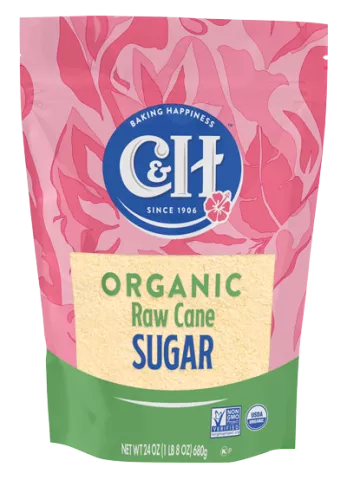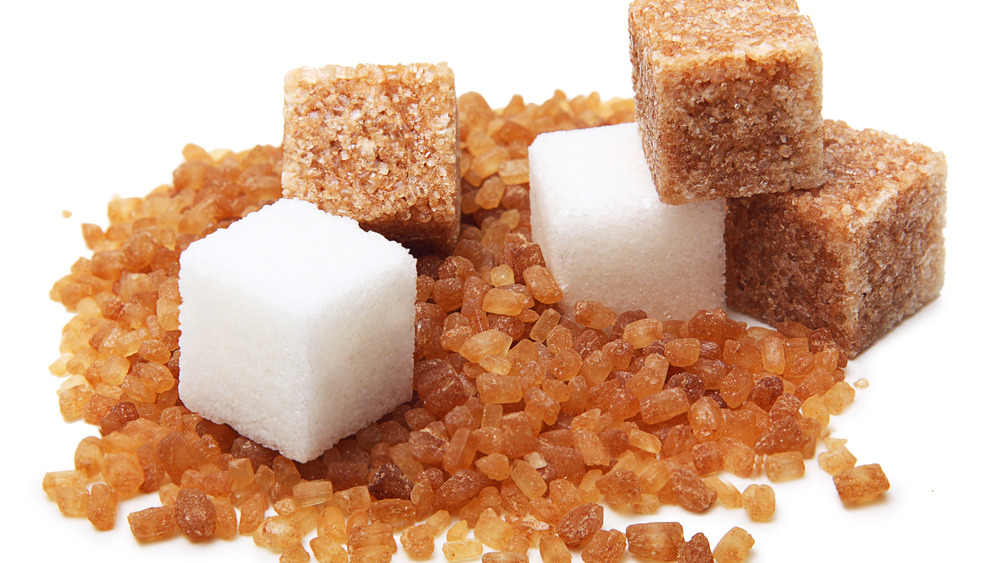Cane Sugar Processing: Typical Techniques and Modern Innovations
Cane Sugar Processing: Typical Techniques and Modern Innovations
Blog Article
Exploring the Comprehensive Tips Included in Cane Sugar Handling From Harvesting to Improvement
The process of walking cane sugar manufacturing encompasses a collection of elaborate actions, starting with the cautious harvesting of sugarcane and finishing in the improvement stages that make sure the end product fulfills industry requirements. Each stage, from the removal of juice to the purification and formation procedures, plays an important function in identifying the top quality and character of the sugar. Understanding these stages not just highlights the complexity of sugar manufacturing but additionally raises critical concerns concerning efficiency, sustainability, and development in the sector. What implications do these aspects have for future techniques?
Gathering Sugarcane
Gathering sugarcane is an essential action in the walking cane sugar handling chain, as it straight influences the high quality and yield of the end product. Correct timing and techniques are necessary throughout this stage to make sure ideal sugar material and decrease losses. Commonly, sugarcane is harvested when it gets to maturation, generally 12 to 18 months after growing, defined by a high sucrose focus.

Post-harvest, the sugarcane needs to be refined quickly to stop sucrose degradation. Preferably, collected walking cane must be moved to refining facilities within 24 hours to maintain sugar top quality. Consequently, efficient logistical planning is essential to maintain the honesty of the collected crop throughout the supply chain.
Extraction Refine

The smashed cane goes through a series of pushing procedures to make the most of juice recuperation. Usually, warm water is sprayed onto the crushed cane, developing a countercurrent circulation that assists dissolve the sugar while additionally assisting in the extraction procedure. The juice gathered from this operation has not just sugar but also numerous organic compounds and contaminations.

To boost extraction efficiency, some facilities may employ diffusion methods, where the sugarcane is taken in hot water, enabling the soluble sugars to diffuse right into the fluid. The resulting juice, abundant in sucrose, is then directed to subsequent handling phases, laying the structure for filtration and improvement. The extraction process is thus critical in figuring out the top quality and return of the last sugar item.
Filtration Strategies
The filtration strategies used in walking stick sugar processing are necessary for changing the raw juice into a high-grade sugar item. These approaches primarily aim to remove contaminations, such as dirt, plant materials, and inorganic substances, which can adversely affect the last item's flavor and shade.
One of the most typical purification methods is clarification. This procedure entails including lime and warm to the raw juice, which assists in the coagulation of pollutants. The resulting precipitate is then gotten rid of via sedimentation or filtration, yielding a clearer juice. In addition, the use of phosphoric acid can enhance the explanation procedure by more binding pollutants.
Another considerable technique is carbonatation, where co2 is introduced to the made clear juice. This reaction produces calcium carbonate, which catches remaining contaminations and promotes their elimination.
Additionally, turned on site carbon therapy might be put on adsorb any type of remaining colorants and organic contaminations, making sure a more refined item. The combination of these approaches properly prepares the sugar juice for subsequent actions in the refining process, setting the phase for the production of top notch cane sugar.
Condensation Approaches
After the purification phase, the following vital action in walking stick sugar handling entails crystallization techniques, which play a crucial role in changing the cleared up juice right into solid sugar. This procedure typically utilizes 2 key methods: spontaneous condensation and regulated formation.
In spontaneous condensation, supersaturated sugar solutions are allowed to cool naturally, causing the development of sugar crystals with time. This technique is less complex yet might result in uneven crystal sizes and reduced purity levels. On the other hand, controlled crystallization is a more exact method where focus, seeding, and temperature level representatives are meticulously taken care of. This approach allows for the uniform development of sugar crystals and greater purity.
During crystallization, the clarified juice is concentrated via dissipation, boosting its sugar material up until it reaches supersaturation. Once this factor is accomplished, either method can help with the crystallization procedure. Cane Sugar Processing. The resultant sugar crystals are after that separated from the remaining syrup with centrifugation
Eventually, the selection of formation technique influences the quality, dimension, and purity of the final sugar item, making this step necessary in the total walking cane sugar processing procedure.
Improvement and Packaging
How can the purity and high quality of walking stick sugar be additionally enhanced after crystallization? The refinement process plays a vital function in attaining premium walking cane sugar.
Following, the sugar goes through a process called centrifugation, where it is spun at high rates to divide the you can try this out detoxified sugar crystals from the continuing to be liquid. After centrifugation, the sugar is often further fine-tuned via an approach called carbonization or phosphatation, which utilizes turned on carbon or phosphoric acid to eliminate color and off-flavors.
When fine-tuned, the sugar is dried to accomplish the preferred dampness content, ensuring that it remains stable throughout storage and transport. The last action includes packaging the refined sugar in closed and moisture-proof containers to keep its top quality and stop contamination. Cane Sugar Processing. Appropriate product packaging not only extends service life however also facilitates easy handling and circulation, making certain that customers get sugar that fulfills the highest possible standards of purity and high quality
Verdict
The comprehensive actions involved in walking cane sugar handling, from the precise harvesting of sugarcane to the intricate improvement and product packaging phases, emphasize the relevance of each stage in guaranteeing high-grade sugar manufacturing. Optimum harvesting techniques, reliable extraction techniques, and extensive purification processes collectively add to the final product's pureness and stability. The formation and succeeding packaging practices even more improve the honesty and service life of the sugar, highlighting the intricacy and precision fundamental in this necessary agricultural industry.
The procedure of walking stick sugar production encompasses a series of elaborate actions, starting with the mindful harvesting of sugarcane and finishing in the improvement stages that make certain the last item meets sector requirements. Preferably, gathered walking stick must be moved to refining facilities within 24 hours to protect sugar high quality.In spontaneous formation, supersaturated sugar services are permitted to cool down naturally, leading to the check my blog formation of sugar crystals over time - Cane Sugar Processing. The refinement process plays an essential duty in attaining high-quality walking stick sugar.The detailed actions entailed in walking stick sugar handling, from the thorough harvesting of sugarcane to the intricate refinement and product packaging phases, emphasize the relevance of each phase in making certain high-grade sugar manufacturing
Report this page